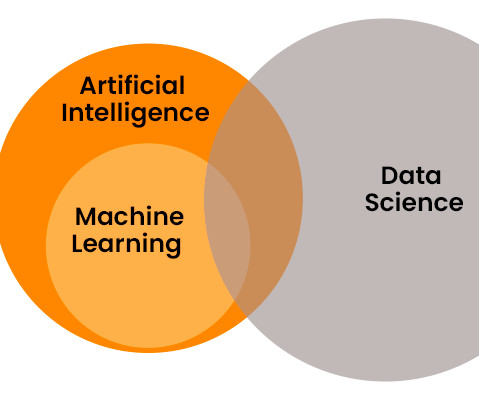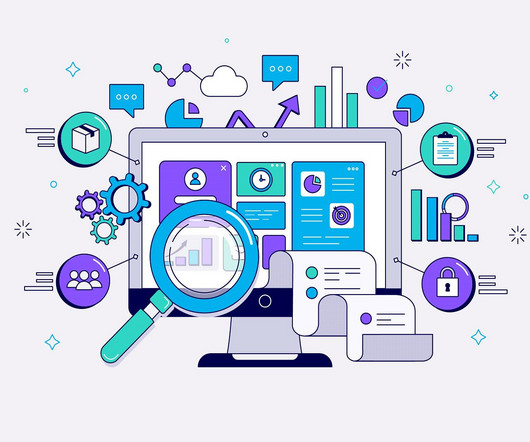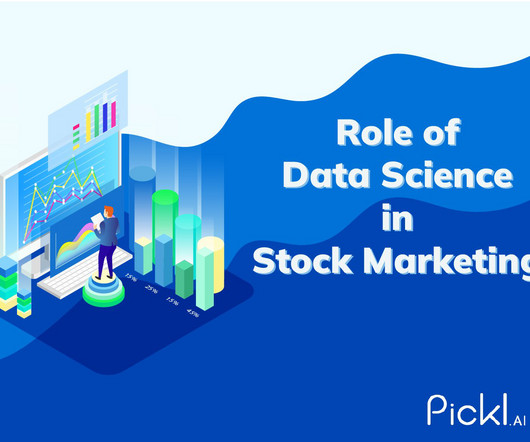Real-time quoting with AI: Advancing manufacturing competitiveness
Dataconomy
JULY 18, 2023
By leveraging artificial intelligence algorithms and data analytics, manufacturers can streamline their quoting process, improve accuracy, and gain a competitive edge in the market. This information helps businesses estimate the resources required and adjust pricing accordingly in real-time.




















Let's personalize your content